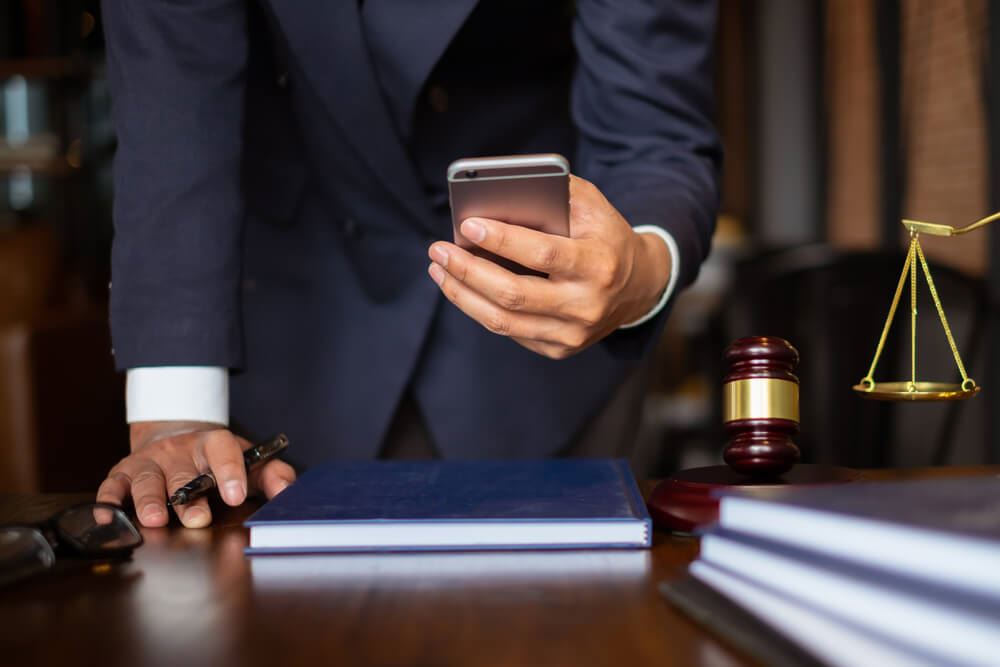On May 15, 2020, the Small Business Administration (SBA) released the Paycheck Protection Program (PPP) Loan Forgiveness Application, offering some clarity, for now, on how loan forgiveness will work in practice.
The application provides detailed instructions to borrowers seeking loan forgiveness and outlines the documentation they must submit and maintain to support their forgiveness request. Some uncertainties remain, and additional guidance from the SBA is expected.
In particular, we note the following key updates and clarifications:
Alternative Payroll Period: The application allows borrowers with a biweekly (or more frequent) payroll to select an “Alternative Payroll Covered Period” for payroll costs only. This is optional and for administrative convenience. The period begins on the first day of the borrower’s first payroll period after the loan’s disbursement and continues for eight weeks after that date. Borrowers who elect to use the Alternative Payroll Covered Period must apply the Alternative Payroll Covered Period wherever there is a reference to such period in the application.
75% Payroll Cost Requirement: A borrower must spend 75% of the loan forgiveness amount on payroll costs. The application explains how the SBA will enforce this requirement. Specifically, it clarifies that the requirement is not an “all or nothing” calculation, and the borrower is eligible for loan forgiveness on the payroll costs it actually spends during the covered period. However, the total amount eligible for forgiveness may not exceed the total amount spent on payroll costs during the covered period, divided by 0.75. This can decrease the total amount eligible for forgiveness, including forgiveness for amounts the borrower spends on non-payroll covered expenses.
Calculation of Average FTE: Under the PPP, loan forgiveness can be reduced if there has been a reduction in “average full-time equivalent (FTE) employees” during the covered period. The application clarifies that “average full-time equivalent employees” should be calculated on a weekly basis based upon a 40-hour workweek. In the alternative, borrowers may simplify the calculation by treating all employees who work 40 hours or more per week as one (1) FTE and all employees who work less than 40 hours per week as 0.5 FTE.
Exceptions to FTE Reduction: The application adds additional employee exceptions when calculating the FTE reduction (if applicable). An employee will not reduce the borrower’s loan forgiveness if, during the covered period (or the alternative payroll period, if applicable), the employee (a) was fired for cause, (b) voluntarily resigned or (c) voluntarily requested and received a reduction in his or her hours.
SBA Interim Final Rule Frames Duties of PPP Borrowers, Lenders
On May 22, 2020, a new interim final rule was posted by the Small Business Administration (SBA) that provides advice to borrowers and lenders concerning SBA’s review process under the Paycheck Protection Program (PPP). The review includes both calculation of loan forgiveness and eligibility. For example, the SBA may verify that the borrower’s business is a type that is eligible under SBA rules and to verify that the SBA affiliation rules have been properly applied.
Beyond forgiveness denial, the rule does not specifically indicate what other potential enforcement action might be taken against ineligible borrowers. Although the promise of guaranteed audits for original loans of $2 million or more remains, the SBA still can review all loans regardless of size.
The new rule advises that:
- SBA review includes whether the borrower is eligible for the PPP loan; whether the information, certifications, and representations on both the borrower’s application and loan forgiveness application are accurate; and whether the borrower is eligible for loan forgiveness.
- If the SBA determines the borrower is ineligible for the loan amount or the loan forgiveness amount claimed by the borrower, the SBA will direct the lender to deny the loan forgiveness application, in whole or in part. The SBA also may seek repayment of the outstanding PPP loan balance or pursue other unidentified remedies.
- The non-recourse provisions apply only if the borrower is an eligible recipient of the loan. If the borrower is eligible for the loan, then there is no personal liability. However, the SBA can pursue individual shareholders, members, or partners of a PPP borrower for nonpayment of a PPP loan if the borrower is not an eligible recipient of the loan.
- The borrower is responsible in the first instance to provide an accurate calculation of the amount of loan forgiveness. The borrower must attest to the accuracy of its reported information and calculation of loan forgiveness.
- Lenders are expected to perform a good-faith review, in a reasonable time, of the borrower's calculation of and supporting documents concerning amounts eligible for loan forgiveness. For example, the interim final rule explains that minimal review of calculations based on a payroll report by a recognized third-party payroll processor would be reasonable. By contrast, if payroll costs are not documented with such recognized sources, more extensive review of calculations and data would be appropriate.
- The borrower may not receive forgiveness without submitting all required documentation to the lender.
- If the lender identifies errors in the borrower's calculation or material lack of substantiation in the borrower's supporting documents, the lender is directed to work with the borrower to remedy the issue.
- The lender must issue a loan forgiveness decision to SBA not later than 60 days following receipt of a complete loan forgiveness application from the borrower. That decision may take the form of an approval (in whole or in part); denial; or (if directed by SBA) a denial without prejudice due to a pending SBA review of the loan for which forgiveness is sought. In the case of a denial without prejudice, the borrower may subsequently request that the lender reconsider its application for loan forgiveness unless SBA has determined that the borrower is ineligible for a PPP loan.
- If the lender determines that the borrower is entitled to forgiveness of some or all of the amount applied for, the SBA will, subject to any SBA review of the loan or loan application, remit the appropriate forgiveness amount to the lender, plus any interest accrued through the date of payment, not later than 90 days after the lender issues its decision to SBA. If applicable, SBA will deduct Economic Injury Disaster Loan (EIDL) advance amounts from the forgiveness amount.
- When the lender issues its decision to SBA determining that the borrower is not entitled to forgiveness in any amount, the lender must provide SBA with the reason for its denial. The lender also must notify the borrower in writing that the lender has issued a decision to SBA denying the loan forgiveness application. Within 30 days of notice from the lender, a borrower may request that the SBA review the lender's decision. At a later date, the SBA will delineate an appeal procedure.
- If the SBA undertakes a review, the SBA will notify the lender in writing and the lender must notify the borrower in writing within five business days of receipt of the SBA’s notification. If the SBA notifies a lender that SBA has commenced a loan review, the lender may not approve any application for loan forgiveness for such loan until SBA notifies the lender in writing that the SBA has completed its review.
- If SBA conducts a loan review and determines that the borrower was ineligible for a PPP loan, the lender is not eligible for a processing fee. The SBA may claw back the processing fee within one year after the loan was disbursed.
- The borrower must retain PPP documentation in its files for six years after the date the loan is forgiven or repaid in full, and permit authorized representatives of SBA, including representatives of its Office of Inspector General, to access such files upon request.

Contact Our Firm
Contact our firm today to schedule a free consultation by clicking here to submit your information online and be contacted by our firm.
Bluebook Citation: SBA Issues PPP Loan Forgiveness Application and Instructions, Int’l Tax Online Law Journal (May 16, 2020) url.


